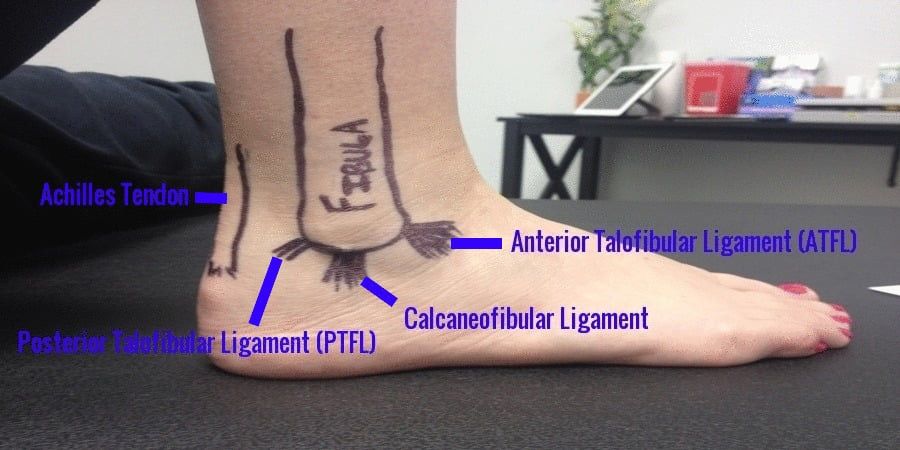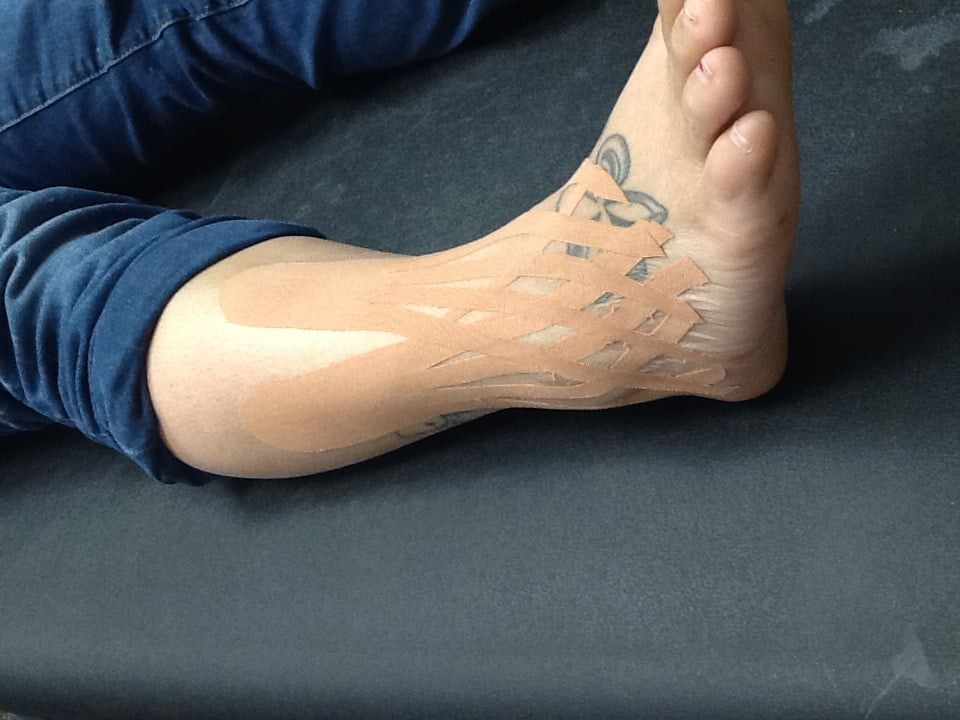Ankle Sprain Chiropractic and Rehabilitation Treatment Options

What is a Sprained Ankle?
An ankle sprain is an injury to one of the ligaments in your ankle. Ligaments are tough bands of tissue that hold your bones together. Although ligaments are flexible, all it takes is a sudden twist for them to stretch too far or snap entirely.
Ankle sprains are graded according to severity, with Grade I indicating that ligaments are stretched but not torn; Grade II indicating that ligaments are partially torn; and Grade III, a fully torn ligament.
You might get a sprain if your foot lands on the ground at an angle, or with too much force. Your risk of an ankle sprain is higher if you:
-
Have had previous ankle sprains
-
Walk, run, or play on uneven surfaces
-
Wear shoes that don’t fit well or don’t have good support
-
Play sports that require sudden changes in direction, like football, soccer, and basketball
The most common type of ankle sprain occurs when the foot is inverted too much, affecting the lateral side of the foot. When this type of ankle sprain happens, the outer, or lateral, ligaments are stretched too much. The anterior talofibular ligament (ATFL) is one of the most commonly involved ligaments in this type of sprain. Approximately 70-85% of ankle sprains are inversion injuries
When the ankle becomes inverted, the anterior talofibular and calcaneofibular ligaments are damaged. This is the most common ankle sprain.
Symptoms of an Ankle Sprain Include:
-
Ankle pain, which can be mild to severe
-
Swelling
-
A popping sound during the injury
-
Difficulty moving the ankle
-
Bruising
-
Instability of the ankle (in severe sprains)
Should You Ice a Sprained Ankle?
First it is important to say that ice therapy or cryotherapy is appropriate for pain. If you are in pain and the purpose is to numb the pain then yes, ice would be a good option. As far as for swelling, ice is not a good option. Let me quote Dr. Nick DiNubile, Editor in Chief of The Physician And Sports Medicine Journal (physsportsmed.com) “Seriously, do you honestly believe that your body’s natural inflammatory response is a mistake?” The inflammatory cascade is a good thing following an ankle sprain, new blood flow is being brought into the area and healing the damaged tissues. By applying ice you are keeping the blood flow away from that area. Your Lymphatic system controls swelling and it consists of one-way valves which are controlled mainly by contractions of muscles around the area. So when you think of it that way, icing and immobilizing a sprain doesn’t make much sense.
Well what does the research and literature say?
“When ice is applied to a body part for a prolonged period, nearby lymphatic vessels begin to dramatically increase their permeability (lymphatic vessels are ‘dead-end’ tubes which ordinarily help carry excess tissue fluids back into the cardiovascular system). As lymphatic permeability is enhanced, large amounts of fluid begin to pour from the lymphatics ‘in the wrong direction’ (into the injured area), increasing the amount of local swelling and pressure and potentially contributing to greater pain.” The use of Cryotherapy in Sports Injuries,’ Sports Medicine, Vol. 3. pp. 398-414, 1986
The old mnemonic R.I.C.E. (Rest, Ice, Compress, Elevate) would make MORE sense if you dropped the R, picked up an M, and changed it to M.I.C.E. (Movement, Ice *for pain, not swelling, Compress, Elevate). Take a look at the photo below for icing a sprained ankle and the prevalence of pain 1 year following.

The Behm Muscle & Joint Clinic Approach
We offer several therapies at Behm Muscle & Joint Clinic for the treatment of a sprained ankle. Some of those treatment options include Active Release Techniques, Rock Tape (shown below), myofascial release (shown below), Rehabilitation exercises and Dry Needling. The majority of the treatments involve managing the swelling and addressing the damage to the ligaments to ensure that when you recover you are able to recover to full range of motion and mobility. If you are dealing with chronic or acute pain in the ankle don’t hesitate to give us a call at 402-292-1450 or schedule an appointment online.


Content written by Dr. Adam Behm, DC, CCSP®
Schedule an appointment with our chiropractic team today!